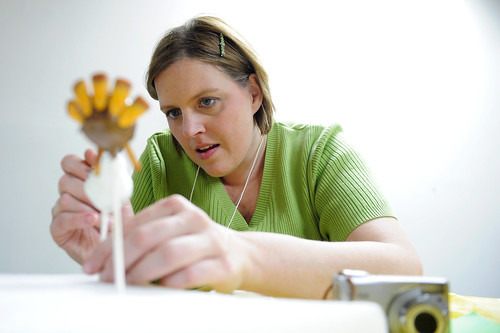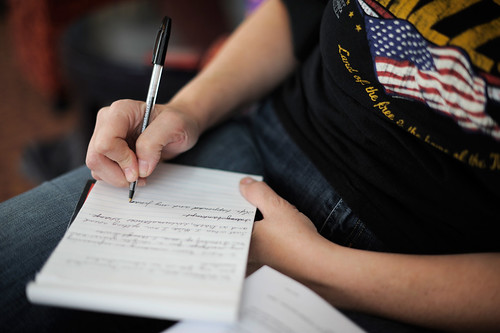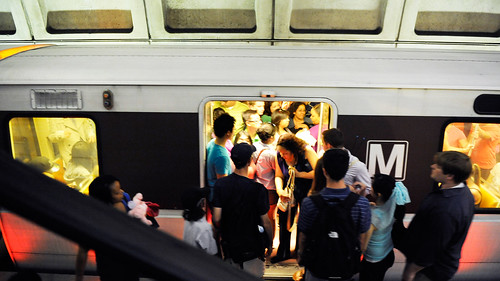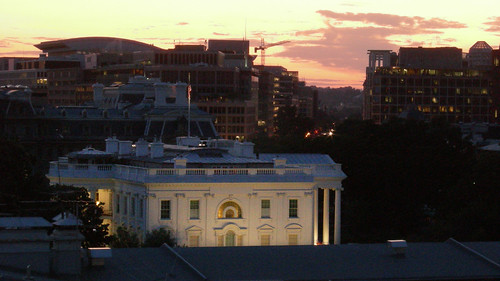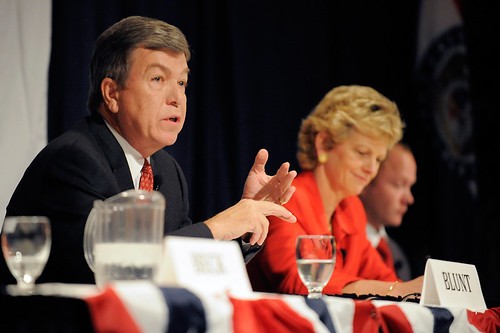A PSA for all my photojournalism friends writing theses this coming semester:
Please do not turn your thesis into a book unless it’s got unicorns and rainbows in it.
While I appreciate the hard work in researching and writing a thesis, academic writing does not make for a riveting read. Loup Langton, if you’re out there, many apologies. The work is thorough and excellent, but it’s really hard for me to write a blog post reaction to a very extensive academic chapter on the history of photojournalism. I feel like these reactions are to be something that maybe clicks in our heads that make us realize “oh! so that’s why I feel this way when XX happens” or “glad I’m not the only one who does XX.” With this chapter, I felt like I was being inundated with the entire history of photojournalism in just 30 pages.
There were some key points I flagged, including the importance of technology that pops up in almost every age of photojournalism. Boiling the history into one congruent chapter made the discussion of technology appear as a thread to tie all of the different events and changes together. From wet plates to flash bulbs to color film and eventually digital, technology was either the result or the cause for some major changes in the history of photojournalism.
I also took note of the addition of women and minorities into the field, which in comparison to most other changes, only happened very recently. I thank my predecessors for paving the way for kids like me to get into this industry and stand toe to toe with male tradition. Even today, I’ll find myself covering a sporting event and find that I’m the only woman photojournalist on the field or court. (In full disclosure, I named the new laptop I bought for graduate school ‘Margaret’ in honor of Margaret Bourke-White.)
Speaking of Ms. Margaret, I learned something I did not know when reading Chapnick’s chapter on the photographic essay. I knew she was considered the first woman photojournalist, but I did not know that it is believed she published the first true photographic essay. Granted, the photos are not what Chapnick considers documentary by modern definitions, but still, it seems as though the intent was there.
I thought this chapter was going to be very much like Langton’s, recounting historical photographers whom have been studied to extreme lengths, but the last page or so held a nice surprise. While not exclusive or exhaustive, I really appreciate the list of attributes for a successful photographic essay or story. Not every story needs to have every one of these, but to see the basic tenets of storytelling in one place is nice. I may write this list out more simply and put it on my wall.
Chapnick ended with a statement that I think has a strange choice in words.
“The serious photojournalist cannot afford to ignore this photojournalistic format if he or she aspires to prominence through publication in either magazines or newspapers of the world or, in that most perfect vehicle for individual statements on larger issues, photographically oriented books.” (p. 38)
Yes, on one hand. But not all of us want to be ‘prominent.’ If my name doesn’t end up in a history chapter written by people like Langton or Chapnick, that’s fine by me. I just want to share and record life, with the hope that my photographs help others in ways otherwise unreachable.




